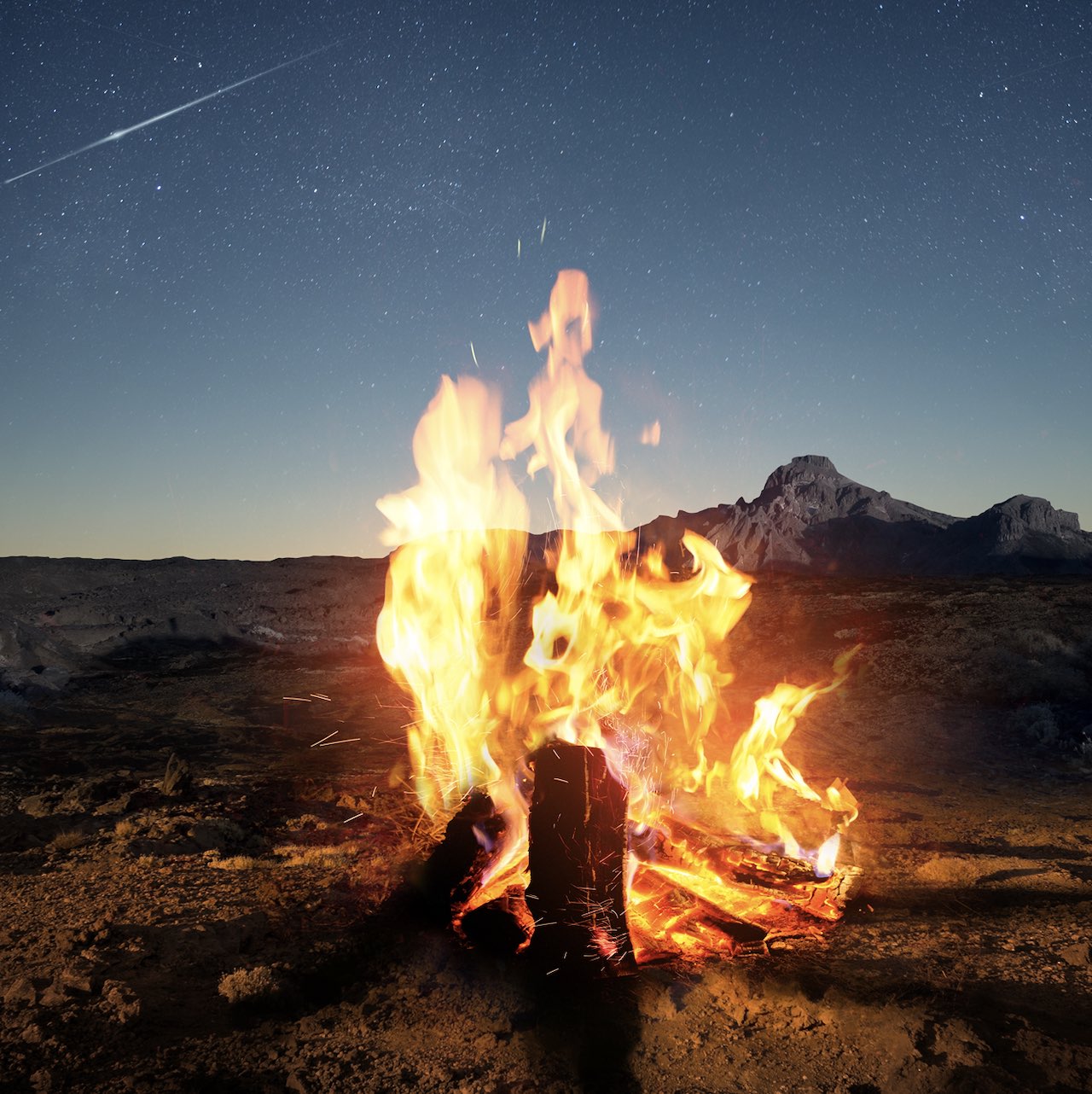
Wood Fire Fragrance
Wood fire is a fragrance laden with cultural memory that unites opposites: sweet and blazing, luminous and mysterious, hot and damp—even Heaven and earth. t’s a Proust’s madeleine—and a phoenix rising from the ashes.
Description
A feeling of…joy !
While a wood fire may represent sensuality at a cosmic level, it is also the flame that calls the unseen powers to gather during rites of divination or celebration. Whether it’s a nice evening bonfire that gives Boy Scouts a moment of brotherhood, or a campfire keeping troops warm, or the center of a tribal ritual, the scent arouses deep emotion. André Malraux, for example, writes of the “happy smell of burning wood in autumn forests.” Though the fragrance of fire itself (unlike smoke) is essentially abstract, it seem to constitute the smell of joy: woody, smoky, crackling with the spark of life, a fusion of heat and sparkle, of instinct and vitality.
Interpreting wood fire through the medium of fragrance relies on transfiguration, on embodying spirals and sparkles in a bottle. In La Sagesse du Créateur de Parfum (2006), the parfumier Maurice Maurin describes capturing this immaterial, invisible essence: “You have to gather kindling, bark, lichens, pinecones, dry grasses—then light a match. As the smoke rises, the scent intensifies. This is the origin of the word perfume: the Latin per fumum, ‘through smoke.’ Woody or grassy scents—all these ‘notes’ are going to vary according to the fire’s temperature.” An oak fire, according to Maurin, smells like “tannins and whisky.” A bundle of burning osier (a wetland species), evokes “the smell of a stream bank.” Build a fire from old oak floorboards, and the room “fills with an incomprehensible smell of vanilla.”
Since incense from perfume
Since antiquity, both woods and resins have been burned as incense: galbanum, benzoin, myrrh. Today, as in ancient times, we enjoy smoked almonds, peppers, salts—flavors that evoke the conviviality of sharing a corner by the fire. In perfumery today, various woods, barks, lichens, and mosses offer a gamut of fiery notes, together with resins, including balsams and ambers. A balsam-amber duo, in fact, has become popular in the scented candle Feu de Bois—renewing the undying ritual of lighting a flame. Maison Margiela’s By the Fireplace (2015) plays with a chestnut–red berries–clove-cashmeran accord.
Blend Candora’s Wood Fire with Cedar or with any of the collection’s citrus fragrances to bring out its warmth. With Vanilla, Wood Fire will enwrap you in a sensual balm. Or with Tobacco Leaf, entwine smoke with smoke.
